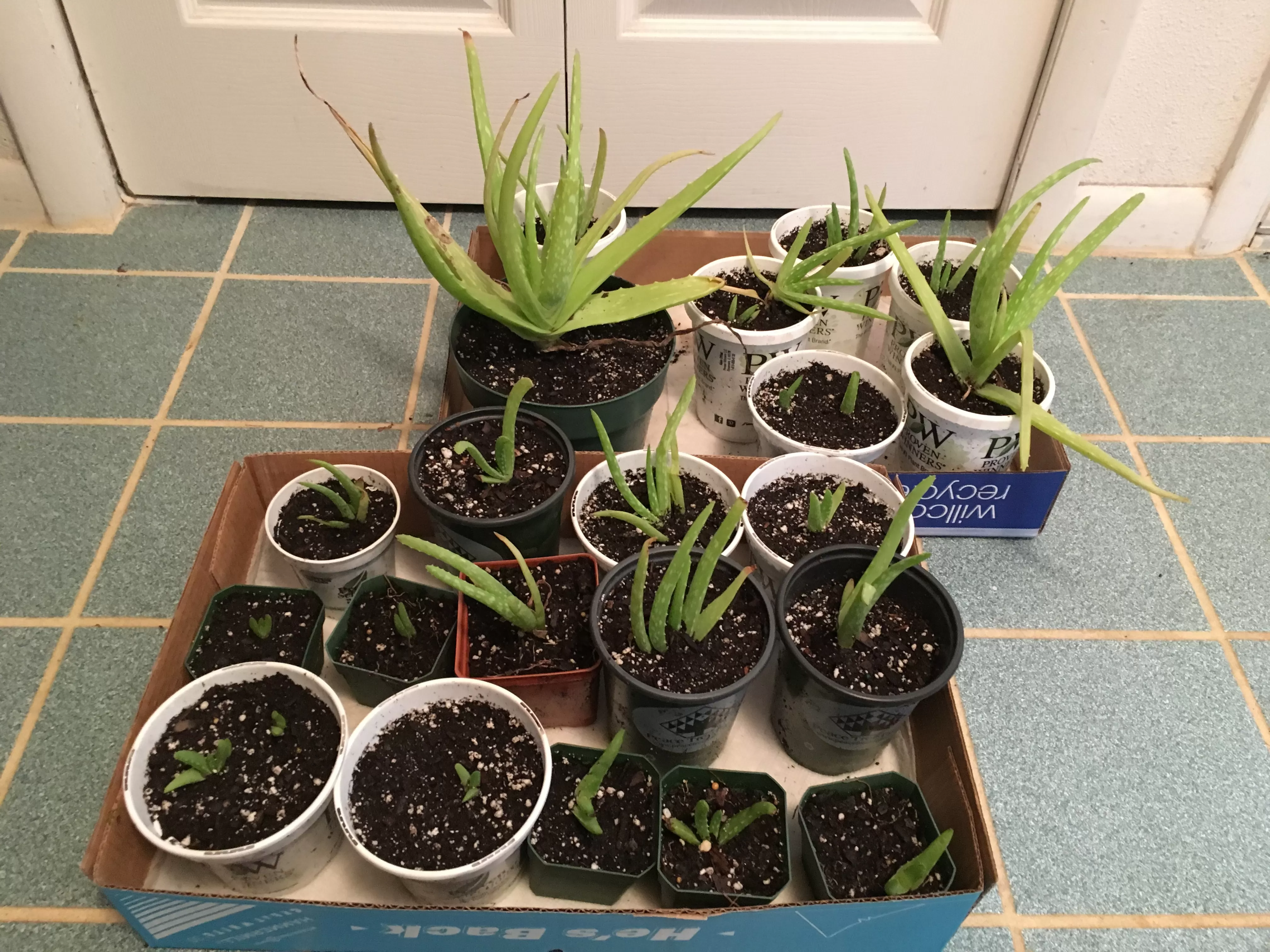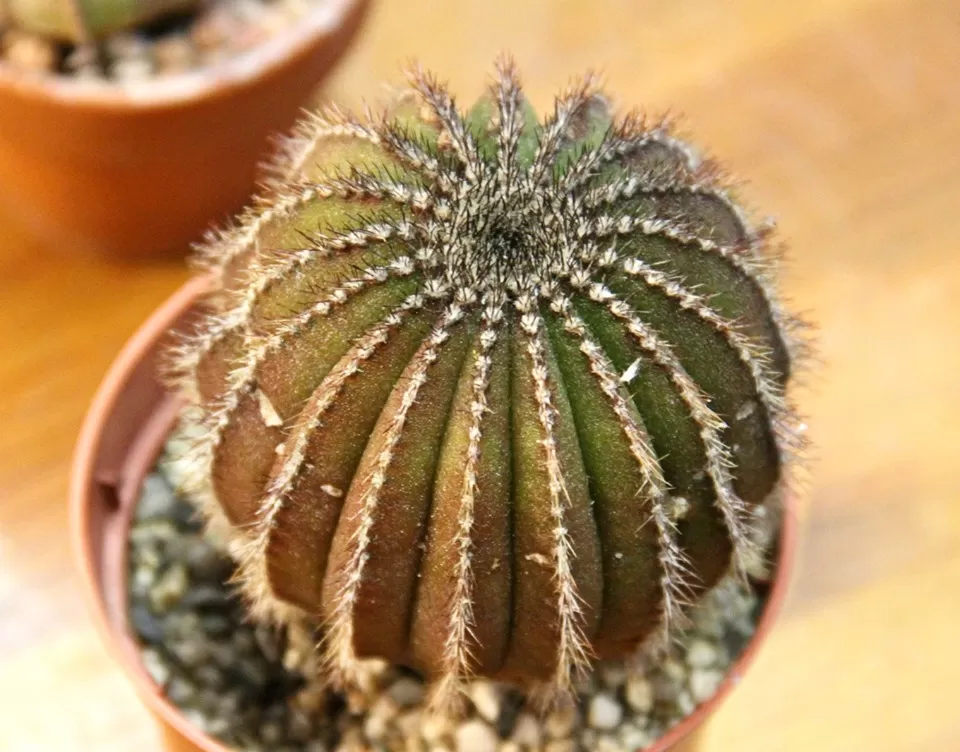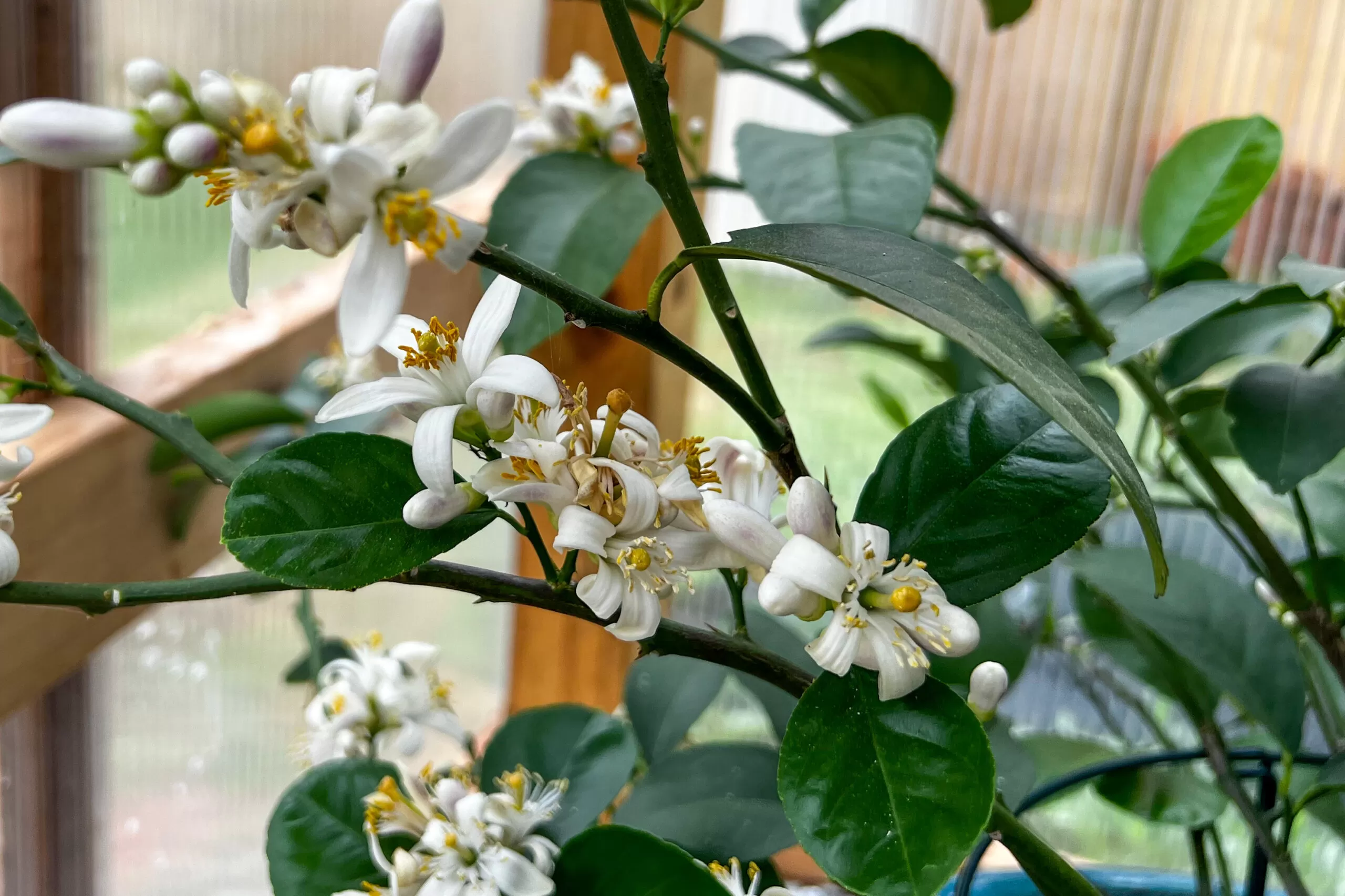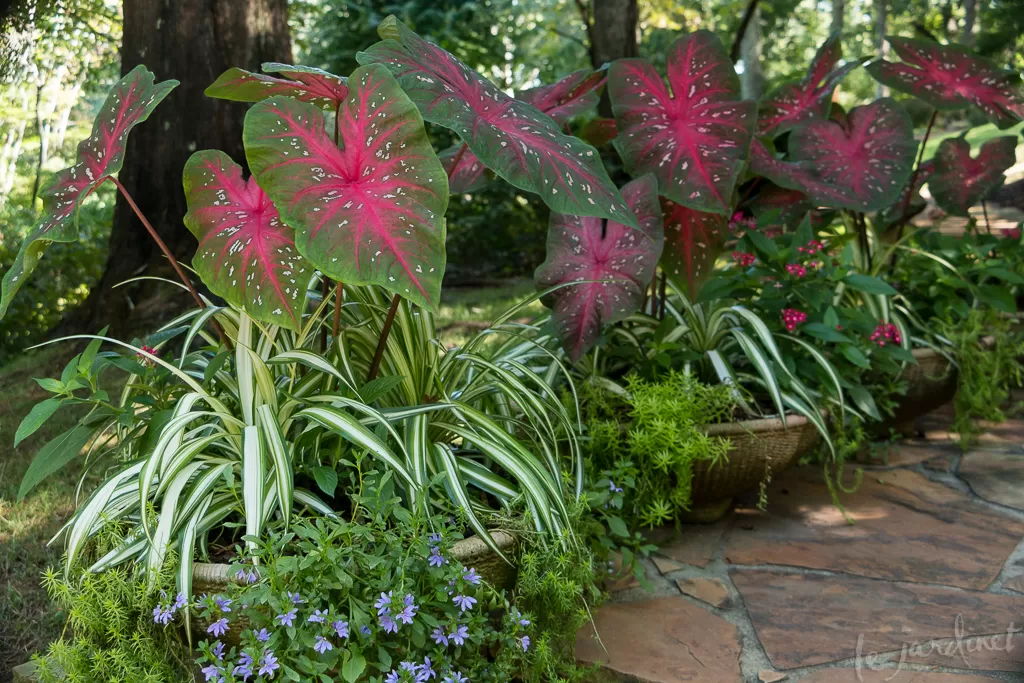Designing your greenhouse isn’t just about fitting everything in; it’s about creating a vibrant, healthy ecosystem where your plants can truly flourish. One of the most critical, yet often overlooked, factors is airflow. Proper plant placement for optimum airflow is the secret ingredient to preventing common issues and boosting your yields.
Here are the key takeaways for mastering airflow in your greenhouse:
- Airflow is Life: Good circulation prevents diseases like mold, regulates temperature, and ensures plants get the CO2 they need.
- Layout Matters: The physical arrangement of benches, aisles, and ventilation points fundamentally dictates air movement.
- Natural Forces: Understanding principles like convection and pressure helps you work with the air, not against it.
- Technology Helps: Sensors and automation can fine-tune your climate for consistent conditions.
- Flexibility is Key: Some layouts allow adjustments based on seasons or specific plant needs.
Imagine stepping into a greenhouse where every leaf feels a gentle breeze, where humidity doesn’t linger and invite trouble, and where every plant receives the perfect mix of light and fresh air. That’s the power of intentional design focusing on airflow. Without a smart layout strategy, you might find yourself battling stubborn fungal infections, uneven temperatures, and stressed-out plants that just aren’t reaching their potential. Investing time in thinking about how air moves through your space now will save you headaches and lead to happier, more productive plants in the long run.
Contents
- The Essential Role of Air Circulation in Your Greenhouse
- Why Proper Airflow is a Game Changer for Plant Health and Growth
- Fundamental Airflow Principles Every Gardener Should Know
- Popular Greenhouse Layout Designs for Enhanced Airflow
- 1. Ridge and Furrow Design
- 2. Open Central Aisle Configuration
- 3. Stepped Bench System
- 4. Peninsular Layout
- 5. Compartmentalized Zoning Design
- 6. Radial Spoke Layout
- 7. Mobile Bench Configuration
- Incorporating Smart Technology for Automated Airflow
- Sensor-Based Ventilation Systems for Modern Greenhouses
- Integrating Climate Control Technology with Physical Layout
- Conclusion: Selecting the Right Greenhouse Layout for Your Needs
- Frequently Asked Questions
- Why is airflow important in greenhouse design?
- What are some effective greenhouse layouts for optimal airflow?
- How does a North-South Orientation help with greenhouse ventilation?
- What makes a Curved-Roof Greenhouse good for air movement?
- How can Multi-Bay Connected Greenhouses accommodate different plant needs?
- What is a Vertical Growing System and how does it impact airflow?
- How can a Mobile Bench Configuration improve airflow management?
- What role does smart technology play in greenhouse airflow?
The Essential Role of Air Circulation in Your Greenhouse
Think of airflow as the invisible gardener constantly working to keep your plants healthy and happy. It’s not just a comfort factor; it’s fundamental to plant biology within a protected environment like a greenhouse.
Why Proper Airflow is a Game Changer for Plant Health and Growth
Proper air movement directly influences the core functions of your plants: photosynthesis and transpiration. When air is stagnant, leaves stay wet, creating a perfect breeding ground for nasty fungal diseases like powdery mildew and botrytis – these can wipe out your hard work in no time! Good circulation dries leaves quickly, dramatically reducing disease risk.
Airflow also delivers the CO2 plants need for photosynthesis. In a closed greenhouse, plants can quickly deplete the CO2 around their leaves if the air isn’t refreshed. This slows down growth significantly. Gentle air movement constantly brings fresh CO2 to the leaf surface. Plus, that subtle breeze helps plants develop stronger stems, better preparing them to support heavy flowers and fruit. Consistent temperatures maintained by airflow also prevent stress that can lead to stunted growth or reduced harvests.
Fundamental Airflow Principles Every Gardener Should Know
Understanding a few basic principles makes designing for airflow much simpler.
- Convection: This is the natural movement of air. Warm air is lighter and rises; cool air is heavier and falls. You can use this “chimney effect” to your advantage with smart vent placement.
- Pressure Differentials: Air naturally moves from areas of high pressure to areas of low pressure. By opening vents or using fans strategically, you create these pressure differences to pull or push air where you want it.
- Air Displacement: This refers to how often the air inside the greenhouse is completely replaced with fresh outside air. A general guideline is to aim for 1 to 4 air exchanges per hour, depending on the season and what you’re growing.
- Flow Patterns: Ideally, you want consistent, gentle horizontal airflow across your plants, avoiding turbulent blasts or dead pockets where air doesn’t move at all. Horizontal airflow fans placed strategically can achieve this, keeping air moving evenly between plants.
Popular Greenhouse Layout Designs for Enhanced Airflow
Your greenhouse layout is the blueprint for how air will circulate. Different designs offer unique advantages for promoting healthy air movement.
1. Ridge and Furrow Design
This classic greenhouse style isn’t just visually appealing; its structure is inherently designed for excellent natural ventilation. The multiple peaks and valleys create natural pathways for air.
The magic here is the “chimney effect” amplified at each ridge. Warm air rises along the slopes of the roof and exits through vents positioned right at the highest point of each ridge. To maximize this, position your growing beds or benches perpendicular to the direction the air flows between the ridges. This ensures that as fresh air enters lower down and warm air exits above, it passes over and around all your plants. This design also allows fantastic light penetration, supporting healthy photosynthesis alongside robust air exchange.
2. Open Central Aisle Configuration
Sometimes, the simplest solution is the most effective. An open central aisle creates a clear highway for air to travel.
By making the main aisle wider than usual (think 4-5 feet minimum), you establish a primary channel for air movement. Place your growing benches or beds along either side of this spacious aisle. Intake vents should be located at one end of this central pathway, and exhaust fans or vents at the opposite end. This setup forces air to move directionally down the aisle and spread out towards the plants, effectively eliminating dead air pockets. It’s particularly effective for larger greenhouses where maintaining uniform conditions across a wide area can be challenging.
3. Stepped Bench System
Who says you can’t go up? Stepped benches are a brilliant way to maximize vertical space while simultaneously improving airflow.
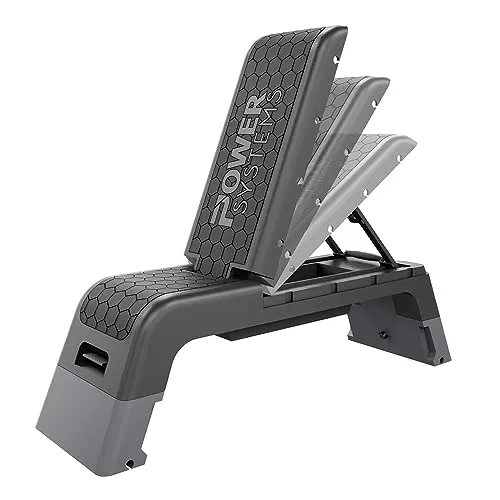 Tiered greenhouse benches for vertical planting, promoting airflow between levels.
Tiered greenhouse benches for vertical planting, promoting airflow between levels.
Arranging benches at different heights, like stadium seating, creates natural gaps and levels. Taller plants or benches go towards the back, with shorter ones in front, forming a gradual incline. This tiered arrangement allows air to flow freely not just between benches, but also under them, preventing cold or humid air from pooling at floor level and ensuring consistent movement up through the plant canopy. It’s especially useful in smaller greenhouses where floor space is limited, giving you more growing area without sacrificing essential air circulation and light exposure for every plant.
4. Peninsular Layout
Peninsular layouts offer a smart balance between maximizing growing space and ensuring excellent airflow.
In this design, growing benches extend outward from the side walls like peninsulas, with aisles running between them. The key to airflow here is orientation. Ideally, you should orient these peninsular benches parallel to the prevailing wind direction in your area. This helps channel natural breezes through the aisles and across the benches. Remember to leave adequate space (at least 30 inches) between the end of each bench and the opposite wall. This gap allows air to flow continuously around the entire structure, creating a more uniform environment and providing significantly more growing space compared to older perimeter-only layouts.
5. Compartmentalized Zoning Design
For growers who need to manage different plant types with varying needs, compartmentalized zoning is a lifesaver.
Dividing your greenhouse into separate zones using partial-height dividers (around 4-5 feet tall) allows you to create distinct microclimates. While the dividers direct airflow within each zone, air can still move above them for overall circulation. This means you could have a warmer, more humid zone for tropicals and a cooler, drier zone for herbs, all under one roof. Installing independent circulation fans within each compartment is crucial to maintain specific air movement patterns and conditions needed for those particular plants. This approach is fantastic for diverse collections but requires careful planning of airflow pathways between zones.
6. Radial Spoke Layout
Looking for a unique and highly efficient airflow pattern? The radial spoke layout could be your answer, particularly if you have an octagonal or circular greenhouse structure.
This design arranges growing benches in a wheel-like configuration, radiating outward from a central point. Placing circulation fans at the very center (the “hub”) of this wheel allows them to push air outward evenly along each “spoke” or bench. This creates a consistent, outward airflow pattern that reaches all plants simultaneously. Adding perimeter fans blowing inward can help complete the circulation loop. The beauty of the radial design is its ability to eliminate those tricky corner dead spots often found in rectangular greenhouses and provides fantastic access to all your plants.
7. Mobile Bench Configuration
Flexibility is the name of the game with mobile bench systems, and this flexibility directly translates into better airflow management.
Mobile benches, often on rollers, allow you to easily reconfigure your growing space. This is invaluable for adjusting airflow based on the season or specific plants. During hot, humid summer months, you can spread the benches further apart, creating wider aisles that promote maximum air movement to reduce humidity and disease risk. In cooler seasons, you might move them closer to maximize growing area while still ensuring critical ventilation paths are open. This adaptability means you can fine-tune your microclimate without any permanent structural changes, responding to the needs of your plants throughout the year.
Combining these mobile benches with strategic walkway placement enhances their effectiveness. Position your main walkways perpendicular to your primary ventilation sources (like side vents or fans) to create deliberate air corridors. This guides airflow precisely where you need it, maximizing efficiency and preventing dead spots between closely arranged crops. Maintaining sufficiently wide main aisles (at least 30 inches) and potentially adding overhead fans at key intersections further improves air distribution.
Incorporating Smart Technology for Automated Airflow
Take your greenhouse airflow to the next level with the help of smart technology. Automated systems offer precision and consistency that manual control just can’t match.
Sensor-Based Ventilation Systems for Modern Greenhouses
Modern greenhouses benefit immensely from sensor networks that constantly monitor environmental conditions. Installing temperature sensors at different heights (near the floor, at plant level, and near the roof) helps you detect temperature stratification – where warm air sits at the top and cool air pools below.
 Small digital thermometer and hygrometer monitoring temperature and humidity in a greenhouse environment.
Small digital thermometer and hygrometer monitoring temperature and humidity in a greenhouse environment.
Humidity sensors placed throughout different growing zones can automatically trigger ventilation when moisture levels climb too high, preventing conditions ripe for disease. For high-tech growing, CO2 monitors integrated with your ventilation system ensure your plants always have the optimal concentration needed for peak photosynthesis, adjusting airflow automatically to maintain those ideal levels. This sensor-driven approach ensures your greenhouse environment is consistently perfect for your plants, reducing guesswork and reactive problem-solving.
Integrating Climate Control Technology with Physical Layout
The true power comes from seamlessly integrating this technology with your chosen physical layout. When planning, think about where to place wireless sensor nodes – especially at points where different airflow patterns meet or where dead spots might occur.
 Greenhouse roof ridge vent allowing warm air to escape for natural ventilation.
Greenhouse roof ridge vent allowing warm air to escape for natural ventilation.
Automated ridge vents are fantastic when placed strategically above heat sources or in areas where warm air collects, opening precisely when needed to expel excess heat and humidity. Smart controllers can coordinate multiple systems – opening vents, turning on fans, and even deploying shade cloths – to maintain your desired climate. This synchronization can lead to significant energy savings while creating incredibly stable growing conditions.
 Wireless controller device, representing smart technology for automated greenhouse climate control.
Wireless controller device, representing smart technology for automated greenhouse climate control.
Consider motorized side wall louvers at plant height to create programmable cross-ventilation zones that automatically adjust to changes in outside wind or temperature. This level of automated precision, combined with a well-designed physical layout, minimizes environmental stress on your plants and promotes remarkable uniformity across your crop.
Conclusion: Selecting the Right Greenhouse Layout for Your Needs
Choosing the ideal greenhouse layout is a pivotal decision that directly impacts the health and productivity of your plants. Prioritizing plant placement for optimum airflow from the outset sets the stage for success. The best layout for you will depend on several factors: your local climate, the types of plants you plan to grow, the size and shape of your greenhouse, and your budget.
Remember, achieving good airflow isn’t just about avoiding problems; it’s about creating an environment where your plants can genuinely thrive. Whether you’re drawn to the natural convection of a ridge and furrow, the adaptability of mobile benches, or the space efficiency of vertical systems, the core principle remains the same: ensure consistent, gentle air movement throughout every corner of your growing space.
 Tall vertical hydroponic tower system maximizing greenhouse space and natural stack effect airflow.
Tall vertical hydroponic tower system maximizing greenhouse space and natural stack effect airflow.
As you implement your chosen layout, don’t hesitate to explore smart technology options. Sensors, automated vents, and climate controllers can help you fine-tune your environment for peak performance. By carefully planning your layout and ventilation, you’re investing in healthier plants, reducing the risk of disease, potentially cutting down on energy costs, and ultimately, looking forward to more abundant and successful harvests season after season.
Frequently Asked Questions
Why is airflow important in greenhouse design?
Airflow is critical in greenhouses because it regulates temperature, prevents moisture buildup on leaves (reducing fungal diseases like powdery mildew and botrytis), provides plants with necessary CO2 for photosynthesis, and helps plants develop stronger stems through gentle movement. Stagnant air leads to disease, uneven temperatures, and reduced growth.
What are some effective greenhouse layouts for optimal airflow?
Effective designs include the Ridge and Furrow (uses roof peaks for the chimney effect), Open Central Aisle (creates a main corridor for air), Stepped Bench System (vertical tiers promote upward flow), Peninsular (benches extend from walls, using aisles as channels), Compartmentalized Zoning (allows separate climate zones with controlled air), Radial Spoke (wheel shape eliminates dead spots), and Mobile Benches (flexible layouts).
How does a North-South Orientation help with greenhouse ventilation?
A North-South orientation can maximize natural cross-ventilation, especially when paired with strategic ridge and side vents. This alignment helps capture prevailing breezes and utilize solar gain patterns throughout the day, potentially reducing reliance on mechanical ventilation and providing more uniform light distribution for plants.
What makes a Curved-Roof Greenhouse good for air movement?
Curved-roof designs facilitate natural convection. The smooth, curved surface allows warm air to rise and flow easily towards the peak without getting trapped in corners, creating a continuous rolling airflow pattern that helps distribute temperature evenly and reduces stagnant air pockets compared to sharply angled roofs.
How can Multi-Bay Connected Greenhouses accommodate different plant needs?
Multi-bay structures can be divided into distinct climate zones using internal partitions or curtains. This allows growers to maintain different temperature and humidity levels in adjacent bays, catering to a variety of plant species with diverse environmental requirements using controlled ventilation and fan placement between zones.
What is a Vertical Growing System and how does it impact airflow?
A Vertical Growing System stacks plants on multiple levels, significantly increasing planting density while promoting airflow through the natural “stack effect.” Warm air rises through the vertical structure, pulling cooler air in from below. Strategic fan placement and vents can enhance this natural circulation, improving temperature consistency and reducing humidity issues within the system.
How can a Mobile Bench Configuration improve airflow management?
Mobile benches offer layout flexibility, allowing you to adjust aisle widths and bench spacing. This means you can open up wider pathways to increase airflow during hot, humid periods or adjust for specific plant needs, providing better circulation between crops and allowing for more dynamic management of your greenhouse environment throughout the seasons.
What role does smart technology play in greenhouse airflow?
Smart technology, such as sensors (temperature, humidity, CO2) and automated controllers, enables precise and responsive airflow management. Systems can automatically open vents or activate fans based on real-time conditions, maintaining optimal climate control, reducing energy waste, and ensuring consistent, healthy air movement tailored to your plants’ needs without constant manual adjustment.














